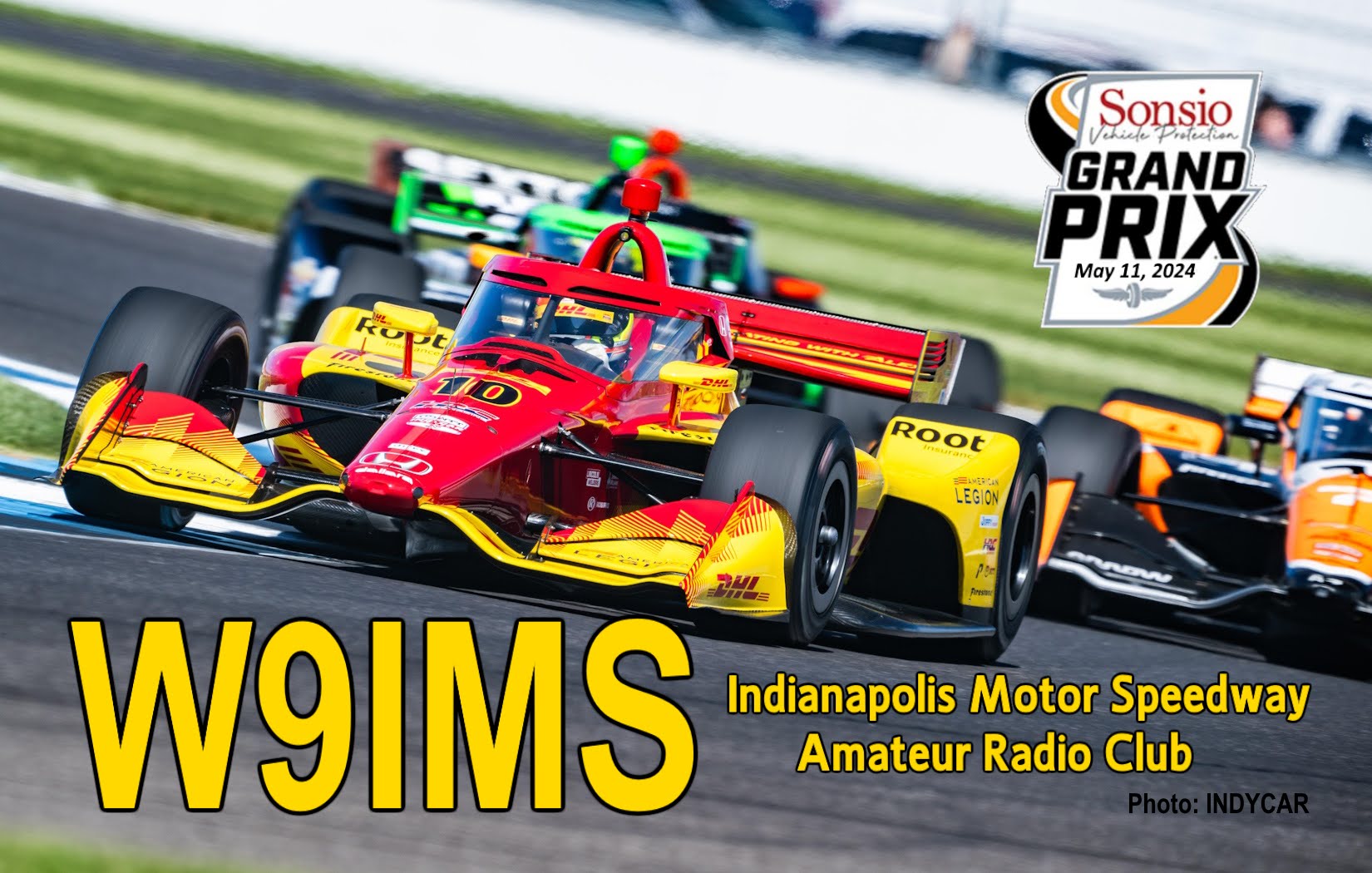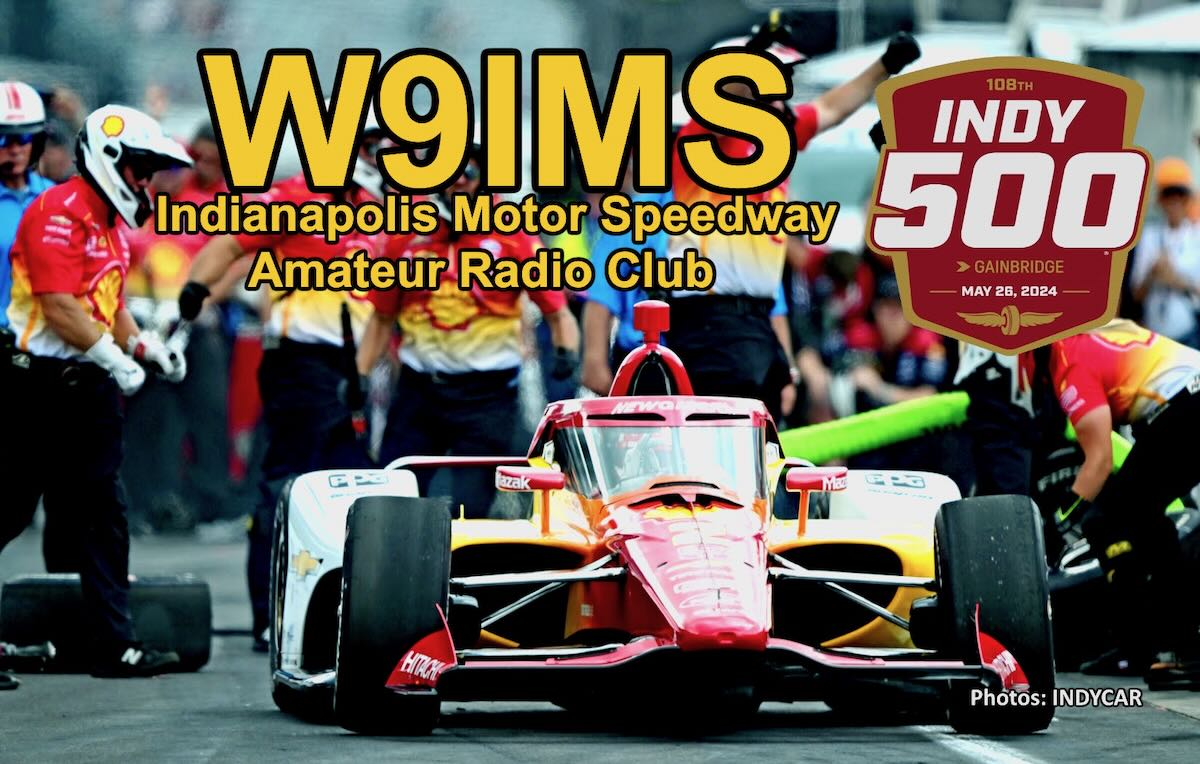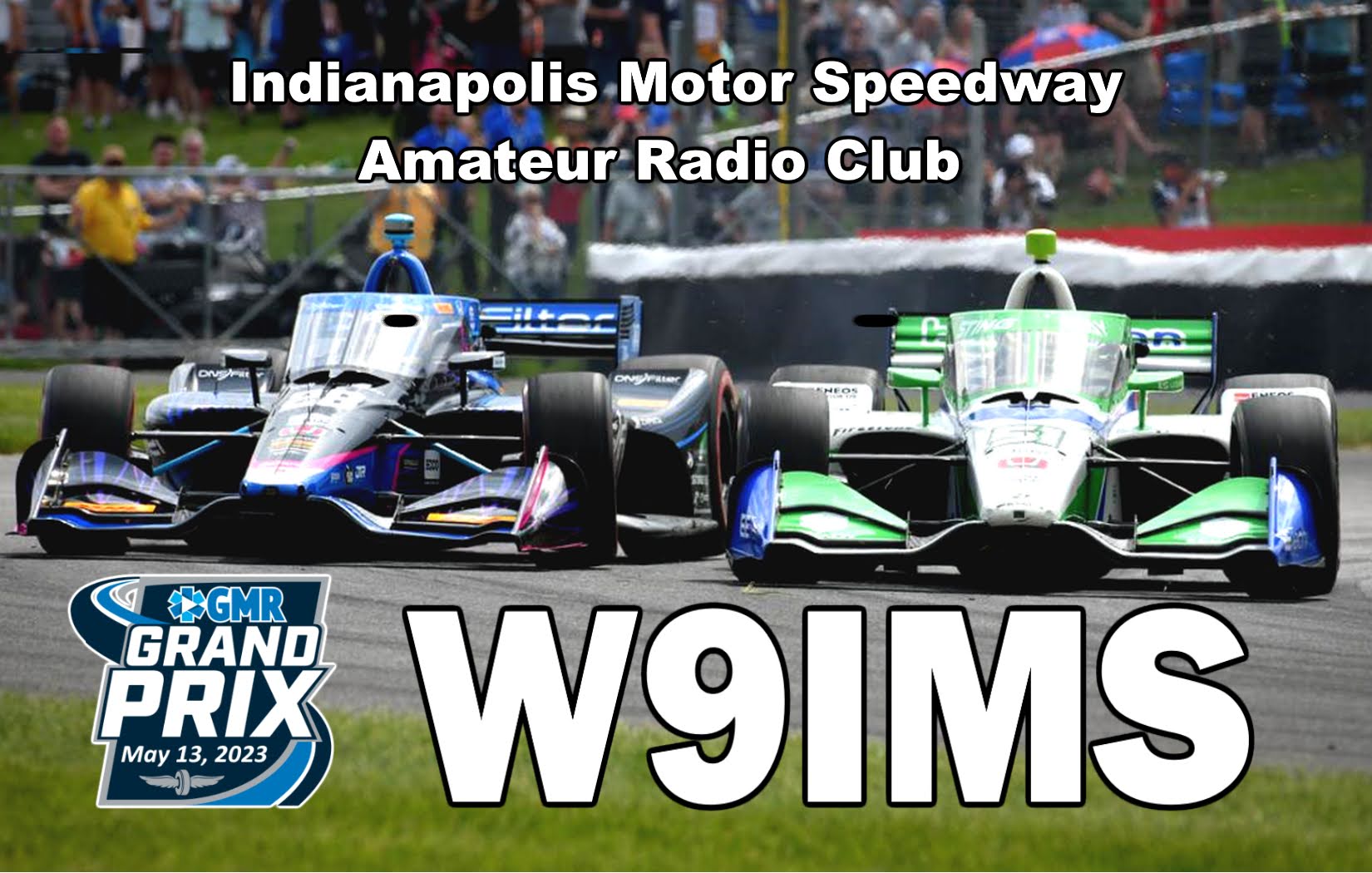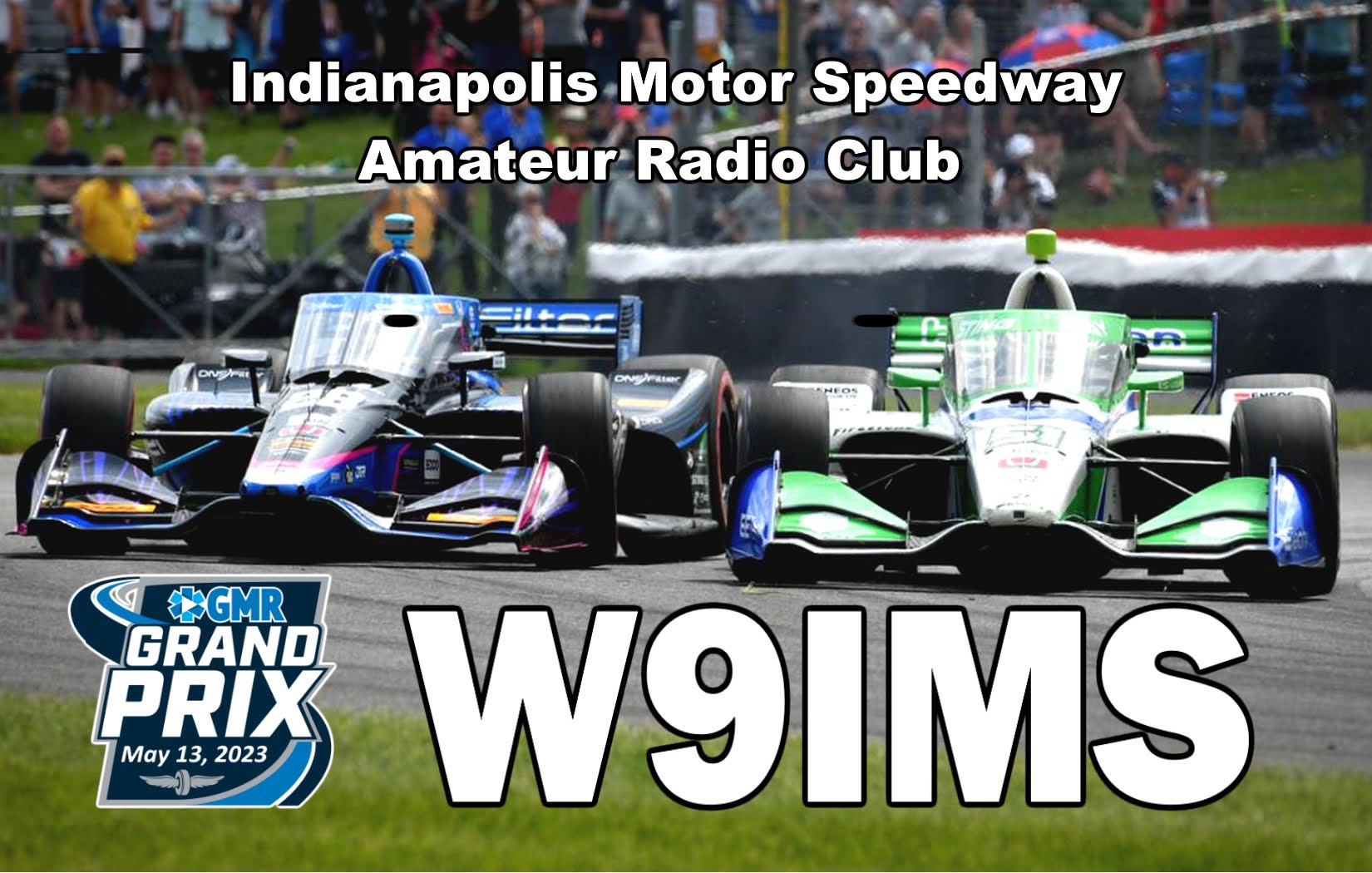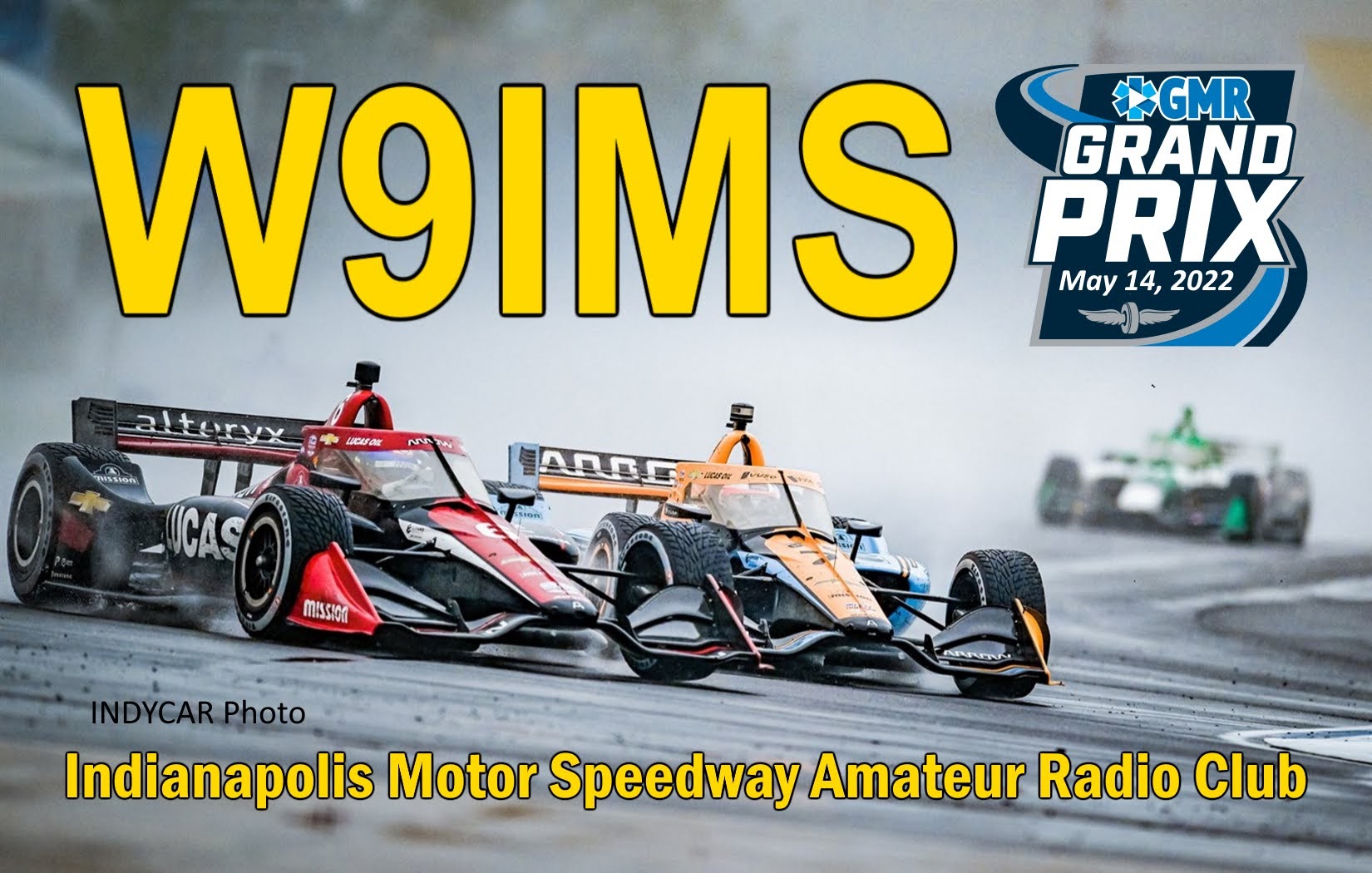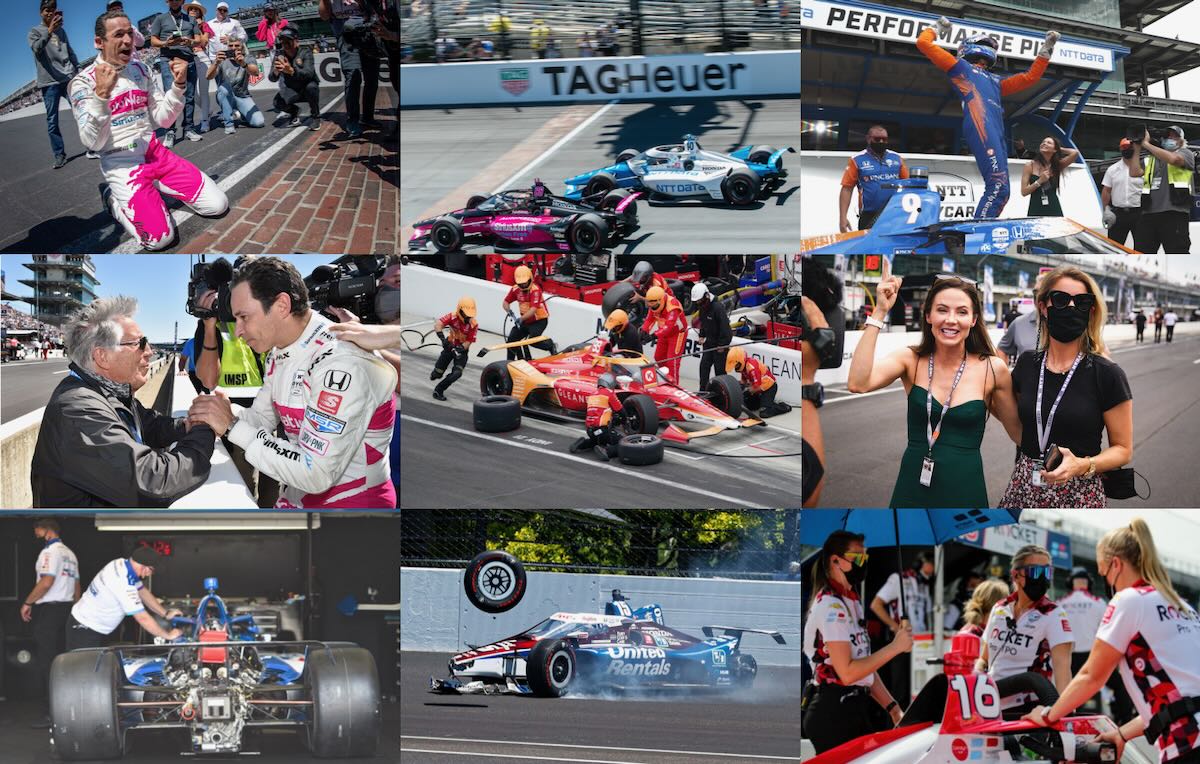If you still haven’t caught the W9IMS Indy 500 special event, your final opportunity to earn the latest QSL card and certificate comes this weekend.
As announced earlier this month, the second special event of the year by the Indianapolis Motor Speedway Amateur Radio Club – honoring the 109th running of the venerable race – is on the air from now through the end of Race Day … otherwise known as 11:59 p.m. Sunday, May 25 (Indy time) or 0359 UTC Monday, May 26.
For hams and shortwave listeners, working or tuning in W9IMS this week stakes your claim on a collectible QSL card that’s redesigned each year.
And if you happened to bag the first W9IMS special event during the week of the IndyCar Grand Prix (May 4-10), a contact with the Indy 500 station will put you two-thirds of the way toward achieving the 2025 version of the Checkered Flag Award.
But take note: You’ll have to wait 2 months for the third special event (July 21-27), which will commemorate the NASCAR Brickyard 400.
Tips on finding W9IMS:
- Check DX Summit (www.dxsummit.fi) for spots listing the current frequency or frequencies of W9IMS. You can customize your search by typing “W9IMS” in the box at upper right.
- Go to the W9IMS web page (www.w9ims.org) and look for the heading, “2025 Operating Schedule.” Click on the Indianapolis 500 link, which opens into a weeklong schedule of individual operators and their reserved time slots. Although the special event can be activated at any time throughout Race Week, your odds of snaring the station improve dramatically during hours with a listed op.
- Look for the Indy 500 station on 20 and 40 meters – on or near 14.245 and 7.245 MHz – and there’s a bonus band if you plan to attend the race or be in the Indianapolis area on Race Day. Each year on the morning of the 500, W9IMS operates simplex FM on 146.52 MHz, working hams situated in the grandstands and the infield of the track, as well as those en route or residing in the local area.
- Remember that the published schedule can be shortened by adverse circumstances, such as local thunderstorms, solar flares, and a lack of calling stations. Don’t wait till the final hour to hunt W9IMS!
- However, hams who still haven’t worked W9IMS by Sunday may benefit from the policy changes that usually kick in at the end of Race Week. W9IMS ops tend begin calling for “only stations that haven’t worked this event” and often switch to contest-style operations, exchanging only signal reports to put more contacts in the log.
- Keep in mind that both radio amateurs and SWLs are eligible for QSL cards and the certificate. So if your ham station isn’t able to work W9IMS by Sunday night, you can create an SWL report by copying down details of other contacts – such as date, frequency, UTC, and the callsigns of a few stations you heard W9IMS working. SWL reports count as credits too, but the certificate will likely feature your name instead of your call.
If you succeed in your W9IMS chase, congratulations! The station website (www.w9ims.org) contains everything you’ll need to know about obtaining QSL cards and the certificate.

